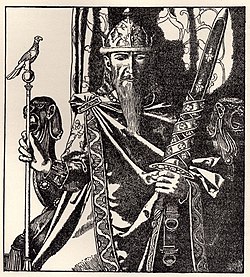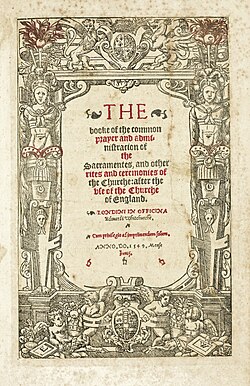| History of Cornwall |
|---|
 |
This timeline summarizes significant events in the History of Cornwall
Contents
- Pre-Roman occupation
- 4000 BC
- 2000 BC
- 1600 BC
- 750 BC
- 330 BC
- 100 BC
- 1st millennium
- Roman invasion and occupation
- 5th century
- 6th century
- 7th century
- 8th century
- 9th century
- 10th century
- 2nd millennium
- 11th century
- 12th century
- 13th century
- 14th century
- 15th century
- 16th century
- 17th century
- 18th century
- 19th century
- 20th century
- 3rd millennium
- 21st century
- See also
- References
- External links



























